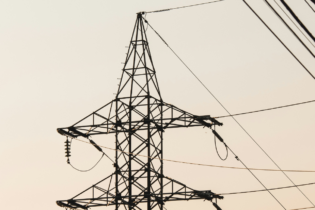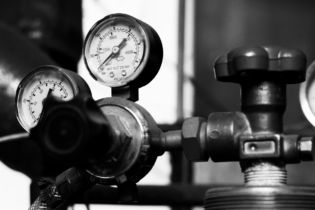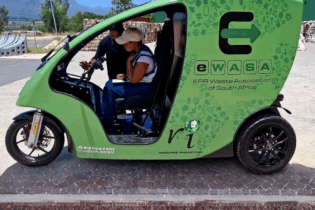The City of Cape Town and the Danish Embassy have used the recommendations of consulting engineering company, GIBB and the Reclaim Camissa Trust at Green Point Urban Park.
The use of water to generate power is demonstrated at Green Point Urban Park with a turbine and a water wheel. The water wheel, which is 3.5m in diameter, makes use of about 20l/second of water coming from the Main Spring (Stadsfontein) in Oranjezicht to generate around 0.2kW of power. As this water fills the buckets on the water wheel, the extra weight on one side turns the wheel and drive shaft thus generating electricity. The Main Spring is the original source of water that enabled Cape Town to be established in 1652. The reliable flow from these springs was identified by mariners, and supported those who lived here many centuries ago. The demonstration of renewable energy at Green Point also includes taking the 500kPa pressure and flow of water (20l/second) in the pipeline bringing the water from the spring to Green Point Common through a water turbine prior to discharge over the water wheel.The turbine then spins a generator at high speed to provide 3 kW electrical power. This water then goes to the water wheel at low pressure, and then runs through the ponds. A portion of the power is stored in a battery for lighting part of the Green Point Urban Park at night.
“Cape Town was one of the first to make electrical power available for use by its citizens in 1895, with hydroelectric power generated using water from Table Mountain. This use more than 100 years ago made Cape Town the first Municipality in South Africa to make use of renewable energyto generate electricity,” said Dave Crombie, Senior Associate at GIBB. “The current Department of Energy initiative to use renewable energy to sustainably meet South Africa’s power needs has inspired this demonstration of the hydroelectric power generation at Green Point Common. The same engineering techniques are used in the very large 1 300MW Ingula Pumped Storage Scheme currently under construction in little Drakensberg, and where GIBB is also providing engineering skills,” he explained.








